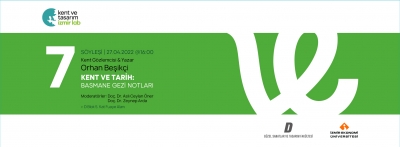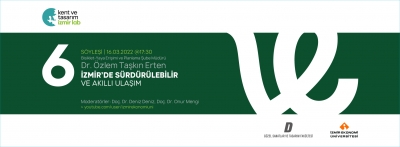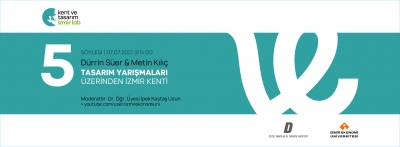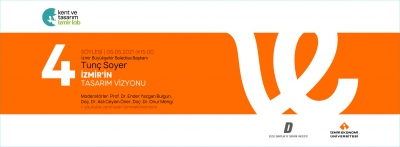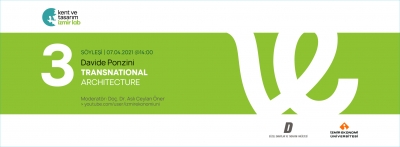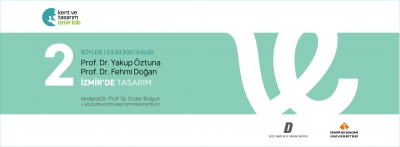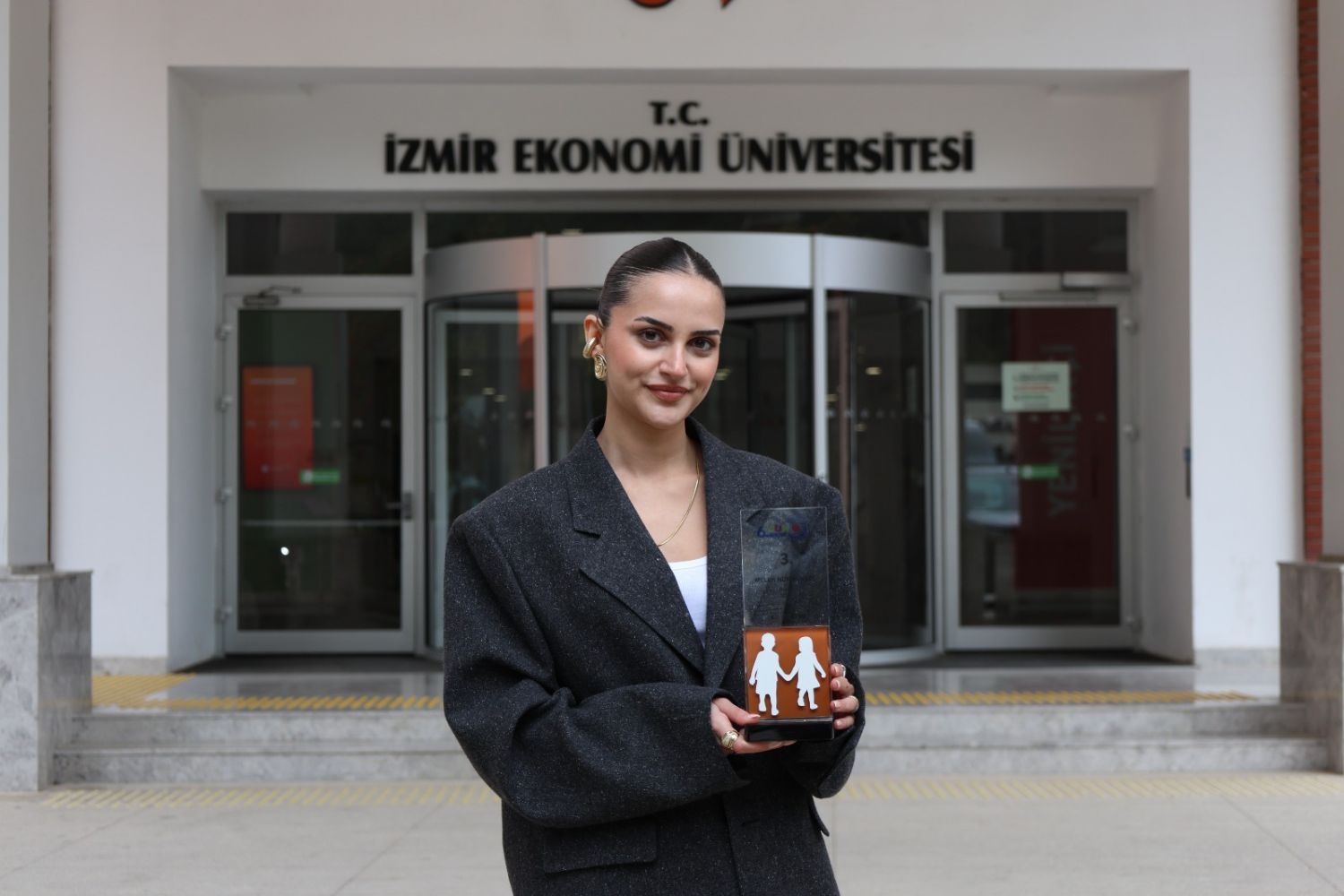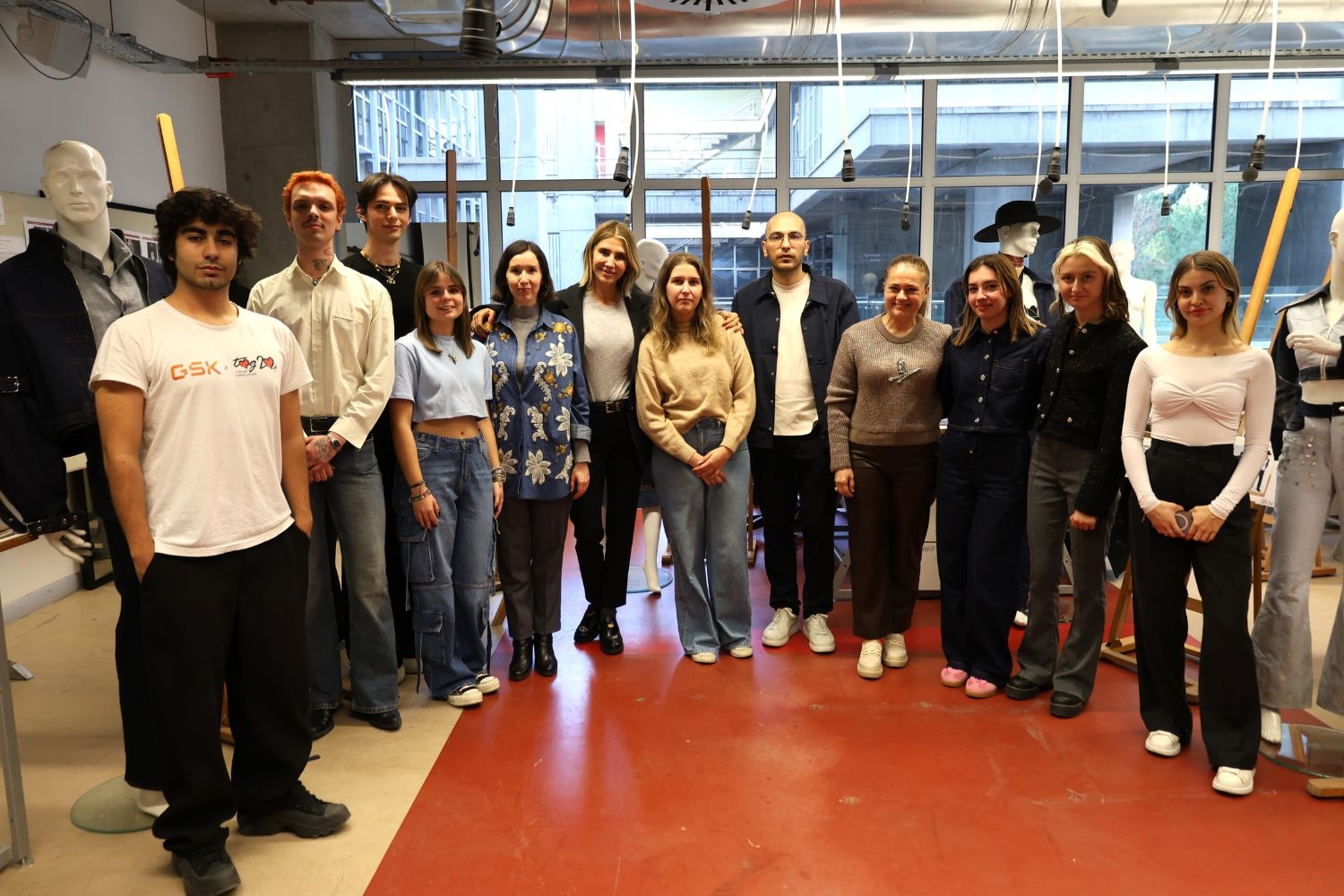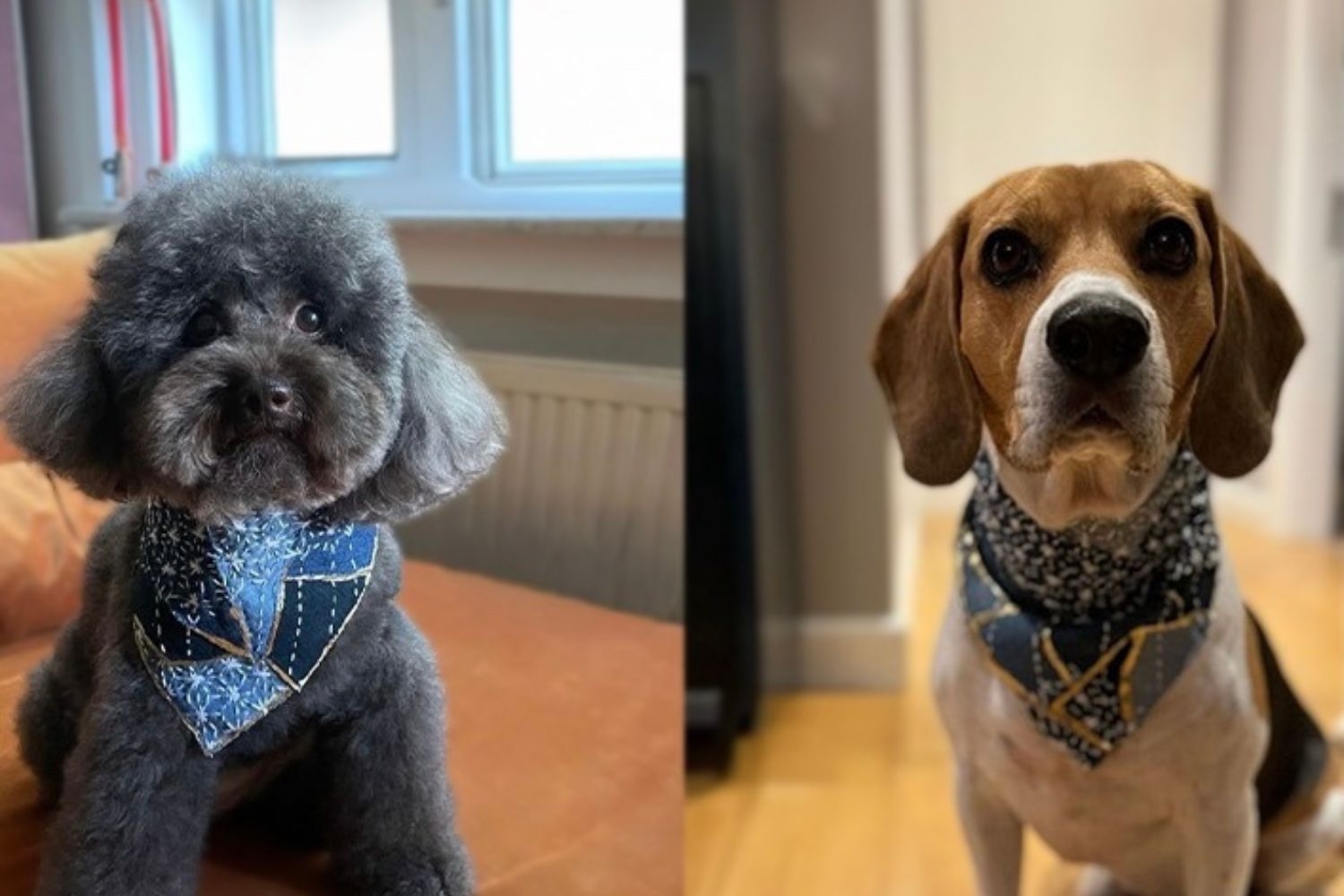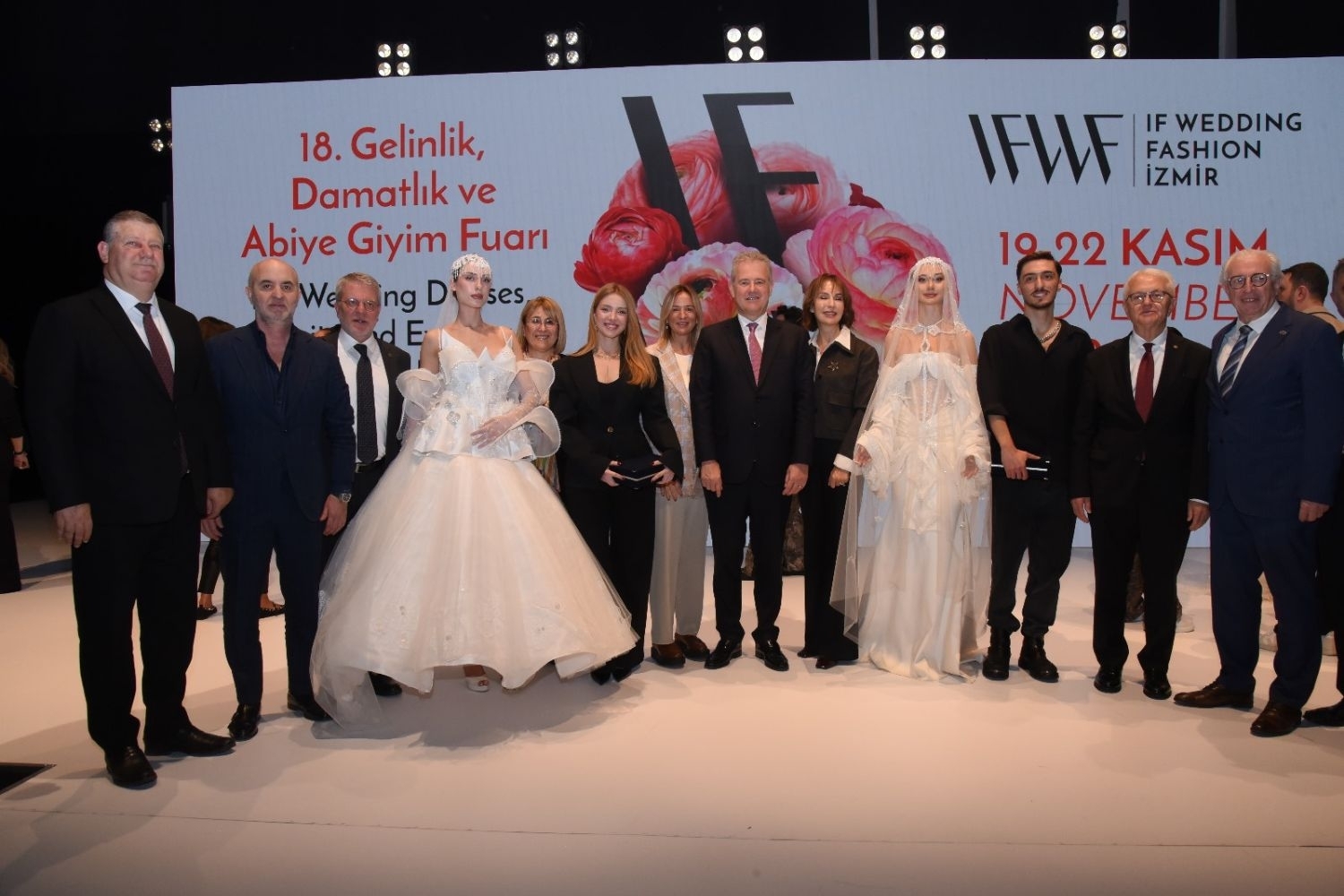FACULTY OF FINE ARTS AND DESIGN
Department of Textile and Fashion DesignFA 320 | Course Introduction and Application Information
| Course Name |
Advanced Technical Illustration Techniques
|
|
Code
|
Semester
|
Theory
(hour/week) |
Application/Lab
(hour/week) |
Local Credits
|
ECTS
|
|
FA 320
|
Fall/Spring
|
2
|
2
|
3
|
4
|
| Prerequisites |
None
|
|||||
| Course Language |
English
|
|||||
| Course Type |
Elective
|
|||||
| Course Level |
First Cycle
|
|||||
| Mode of Delivery | face to face | |||||
| Teaching Methods and Techniques of the Course | Critical feedbackJuryApplication: Experiment / Laboratory / WorkshopLecture / Presentation | |||||
| National Occupation Classification | - | |||||
| Course Coordinator | ||||||
| Course Lecturer(s) | ||||||
| Assistant(s) | - | |||||
| Course Objectives | This course aims to introduce students to professional technical drawing techniques using Adobe Illustrator to create garments for various sectors. It tends to create customised colour palettes, recolour function, fabric rendering, pattern palettes, and custom brushes to recreate stitches and design details on garments using Adobe Illustrator. |
| Learning Outcomes |
The students who succeeded in this course;
|
| Course Description | This course will build on existing skills in the Adobe Illustrator to create flat vector design drawings of garments and accessories for specification sheets and presentation boards for different sectors within the fashion industry. It will explore more complex tools, features and palettes specific to this program. A focus on proportion, shape and construction will help create professional drawings to an industry standard. |
| Related Sustainable Development Goals |
|
|
Core Courses | |
| Major Area Courses | ||
| Supportive Courses |
X
|
|
| Media and Management Skills Courses | ||
| Transferable Skill Courses |
WEEKLY SUBJECTS AND RELATED PREPARATION STUDIES
| Week | Subjects | Related Preparation |
| 1 | Introduction/ Activewear Sports Details / Stitching, Toggles, Ties & Zippers | |
| 2 | Activewear Concept / Colour Scheme / Graphics & Placement Prints | Szkutnicka, B., “Technical Drawing for Fashion”. Laurence King Publishing (2010) / Adding colour, texture and pattern to technical drawing – p.46 – 50 Centner, m. & Vereker, F. “Fashion Designers Handbook for Adobe Illustrator”. John Wiley and Sons Ltd, UK (2011) / Chapter 3 Technical Drawing Burke, S., “Fashion Computing: Design Techniques And CAD”, Burke Publishing (2005) Chapter 5 Flats & Specs – p. 44 - 72 |
| 3 | Activewear Drawing Technical Drawing | Centner, m. & Vereker, F. “Fashion Designers Handbook for Adobe Illustrator”. John Wiley and Sons Ltd, UK (2011) / Chapter 3 Technical Drawing Burke, S., “Fashion Computing: Design Techniques And CAD”, Burke Publishing (2005) Chapter 5 Flats & Specs – p. 44 - 72 |
| 4 | Activewear Colouring the Collection / Concept Presentation | Burke, S., “Fashion Computing: Design Techniques And CAD”, Burke Publishing (2005) / Chapter 11 Design Presentations - P.122 - 152 |
| 5 | Denim Concept Research / Development / Pattern Design | Bowles, M. & Isaac, C. “Digital Textile Design” Laurence King Publishing (2009) / Chapter 3 Patterns and Repeats - P.87 - 120 |
| 6 | Denim Surface Pattern | Bowles, M. & Isaac, C. “Digital Textile Design” Laurence King Publishing (2009) / Chapter 3 Patterns and Repeats - P.87 - 120 |
| 7 | Denim Coloring the Collection / Concept Presentation | Burke, S., “Fashion Computing: Design Techniques And CAD”, Burke Publishing (2005) / Chapter 11 Design Presentations - P.122 - 152 |
| 8 | Lingerie Concept Research / Stitching, fastenings, elastic, trims | Apsan, R. (2006) The Lingerie Handbook. New York; Workman Publishing pp.50-51 /pp.88-89 |
| 9 | Lingerie Colour Scheme / Detailed Fabric Drawing / Lace | Apsan, R. (2006) The Lingerie Handbook. New York; Workman Publishing pp.50-51 /pp.88-89 |
| 10 | Lingerie Creating a collection with product differentiation | Apsan, R. (2006) The Lingerie Handbook. New York; Workman Publishing pp.50-51 /pp.88-89 |
| 11 | Lingerie Board Presentation | Burke, S., “Fashion Computing: Design Techniques And CAD”, Burke Publishing (2005) / Chapter 11 Design Presentations - P.122 - 152 |
| 12 | Final Project - Concept Research & Development | Wesen Bryant, M. & DeMers, D. (2006) The Spec Manual. New York, Fairchild Publications, Inc. / Chaper 2 Front and Back View Croquis Figures |
| 13 | Final Project - Drawing Fabrics | Wesen Bryant, M. & DeMers, D. (2006) The Spec Manual. New York, Fairchild Publications, Inc. |
| 14 | Final Project - Garments | Wesen Bryant, M. & DeMers, D. (2006) The Spec Manual. New York, Fairchild Publications, Inc. |
| 15 | Review of semester | |
| 16 | Review of semester |
| Course Notes/Textbooks | |
| Suggested Readings/Materials | Apsan, R. (2006) The Lingerie Handbook. New York; Workman Publishing ISBN-10: 0761143238 Burke, S., “Fashion Computing: Design Techniques And CAD”, Burke Publishing (2005) ISBN-13: 978-0958239134 Centner, m. & Vereker, F. “Fashion Designers Handbook for Adobe Illustrator”. John Wiley and Sons Ltd, UK (2011) ISBN:9781119954842 Szkutnicka, B., “Technical Drawing for Fashion”. Laurence King Publishing (2010) ISBN-13: 978-1856696180 Tallon, K., “Digital Fashion Illustration with Photoshop and Illustrator”, Batsford (2008) ISBN-13: 978-0713490589 Wesen Bryant, M. & DeMers, D. (2006) The Spec Manual. New York, Fairchild Publications, Inc. ISBN: 9781563673733 |
EVALUATION SYSTEM
| Semester Activities | Number | Weigthing |
| Participation |
1
|
10
|
| Laboratory / Application | ||
| Field Work | ||
| Quizzes / Studio Critiques |
1
|
20
|
| Portfolio | ||
| Homework / Assignments | ||
| Presentation / Jury |
2
|
40
|
| Project |
1
|
30
|
| Seminar / Workshop | ||
| Oral Exams | ||
| Midterm | ||
| Final Exam | ||
| Total |
| Weighting of Semester Activities on the Final Grade |
5
|
100
|
| Weighting of End-of-Semester Activities on the Final Grade | ||
| Total |
ECTS / WORKLOAD TABLE
| Semester Activities | Number | Duration (Hours) | Workload |
|---|---|---|---|
| Theoretical Course Hours (Including exam week: 16 x total hours) |
16
|
2
|
32
|
| Laboratory / Application Hours (Including exam week: '.16.' x total hours) |
16
|
2
|
32
|
| Study Hours Out of Class |
14
|
1
|
14
|
| Field Work |
0
|
||
| Quizzes / Studio Critiques |
1
|
7
|
7
|
| Portfolio |
0
|
||
| Homework / Assignments |
0
|
||
| Presentation / Jury |
2
|
10
|
20
|
| Project |
1
|
15
|
15
|
| Seminar / Workshop |
0
|
||
| Oral Exam |
0
|
||
| Midterms |
0
|
||
| Final Exam |
0
|
||
| Total |
120
|
COURSE LEARNING OUTCOMES AND PROGRAM QUALIFICATIONS RELATIONSHIP
|
#
|
Program Competencies/Outcomes |
* Contribution Level
|
|||||
|
1
|
2
|
3
|
4
|
5
|
|||
| 1 |
To be able to develop and design a collection independently. |
-
|
X
|
-
|
-
|
-
|
|
| 2 |
To be able to do maintain a design research individually or as a team. |
X
|
-
|
-
|
-
|
-
|
|
| 3 |
To be able to develop entrepreneurship- and managerial skills for a future professional practice. |
-
|
-
|
-
|
-
|
-
|
|
| 4 |
To be able to understand, interpret and apply theoretical knowledge in fashion and textile design. |
-
|
-
|
-
|
-
|
-
|
|
| 5 |
To be able to analyze and integrate the particular local and regional needs and of their profession. |
-
|
-
|
-
|
-
|
-
|
|
| 6 |
To be able to obtain a multidisciplinary point of view, follow and analyze the new issues, changes and trends in contemporary design and art in such a way that they can be integrated into design practice. |
X
|
-
|
-
|
-
|
-
|
|
| 7 |
To be able to apply industrial requirements, knowledge of material & usage and know-how knowledge in the creation of high quality fashion products. |
-
|
-
|
X
|
-
|
-
|
|
| 8 |
To be able to use digital information and communication technologies at a level that is adequate to the discipline of fashion and textile design. |
-
|
-
|
X
|
-
|
-
|
|
| 9 |
To be able to develop an ongoing analytical and professional approach to academic and design research. |
-
|
-
|
-
|
-
|
-
|
|
| 10 |
To be able to recognize the need and importance of a personal lifelong learning attitude towards their chosen area of interest. |
-
|
-
|
-
|
-
|
-
|
|
| 11 |
To be able to collect data in the areas of fashion and textile design and communicate with colleagues in a foreign language ("European Language Portfolio Global Scale", Level B1). |
-
|
-
|
-
|
-
|
-
|
|
| 12 |
To be able to speak a second foreign at a medium level of fluency efficiently. |
-
|
-
|
-
|
-
|
-
|
|
| 13 |
To be able to relate the knowledge accumulated throughout the human history to their field of expertise. |
-
|
-
|
-
|
-
|
-
|
|
*1 Lowest, 2 Low, 3 Average, 4 High, 5 Highest
NEWSALL NEWS

IZMIR UNIVERSITY OF ECONOMICS GÜZELBAHÇE CAMPUS
DetailsGLOBAL CAREER
As Izmir University of Economics transforms into a world-class university, it also raises successful young people with global competence.
More..CONTRIBUTION TO SCIENCE
Izmir University of Economics produces qualified knowledge and competent technologies.
More..VALUING PEOPLE
Izmir University of Economics sees producing social benefit as its reason for existence.
More..









